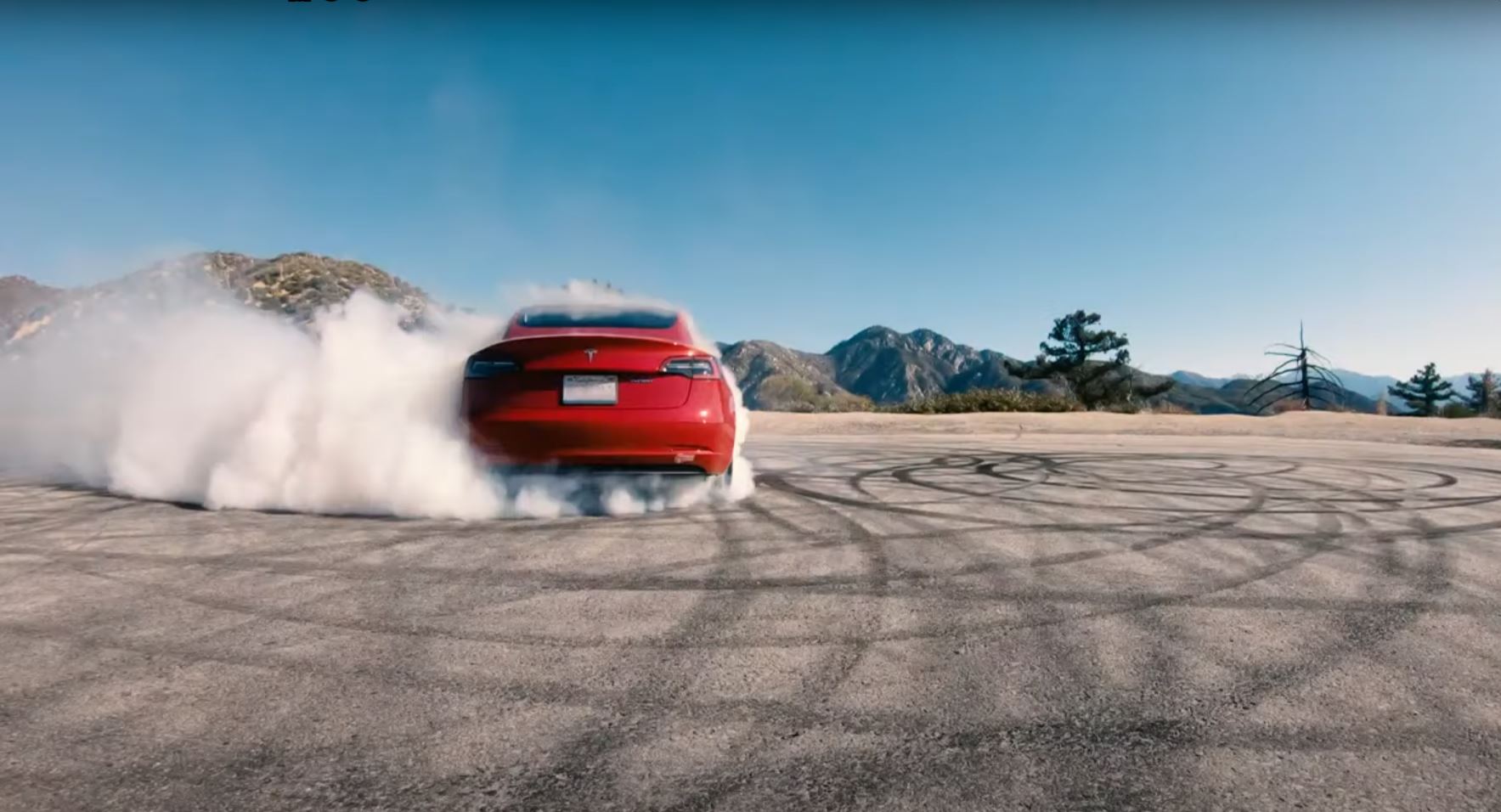So I am looking to buy the Model Y right now and I know that the standard range one comes with the new 4680 cells. I have been told by some friends that the standard range is the better buy because of the new cells.
The reasons were that the new cells are able to charge to 100% healthily while the old ones are happy at 80%.
This means that I would have access to the full 270 miles on the standard range while only 80% of the 318 (~270) on the long range. If this is the case then the long range effectively makes no sense to get since I would be getting the same range.
I was also told that the new 4680 cells hold a charge better so it wont drain as much sitting around and they are overall generally better.
I tried doing some research but I have been struggling to find any good information comparing the two different trims.
Do you guys know if this is true or not?
The reasons were that the new cells are able to charge to 100% healthily while the old ones are happy at 80%.
This means that I would have access to the full 270 miles on the standard range while only 80% of the 318 (~270) on the long range. If this is the case then the long range effectively makes no sense to get since I would be getting the same range.
I was also told that the new 4680 cells hold a charge better so it wont drain as much sitting around and they are overall generally better.
I tried doing some research but I have been struggling to find any good information comparing the two different trims.
Do you guys know if this is true or not?



